Marketing Automation for Your Business Growth with Sarah Seyr
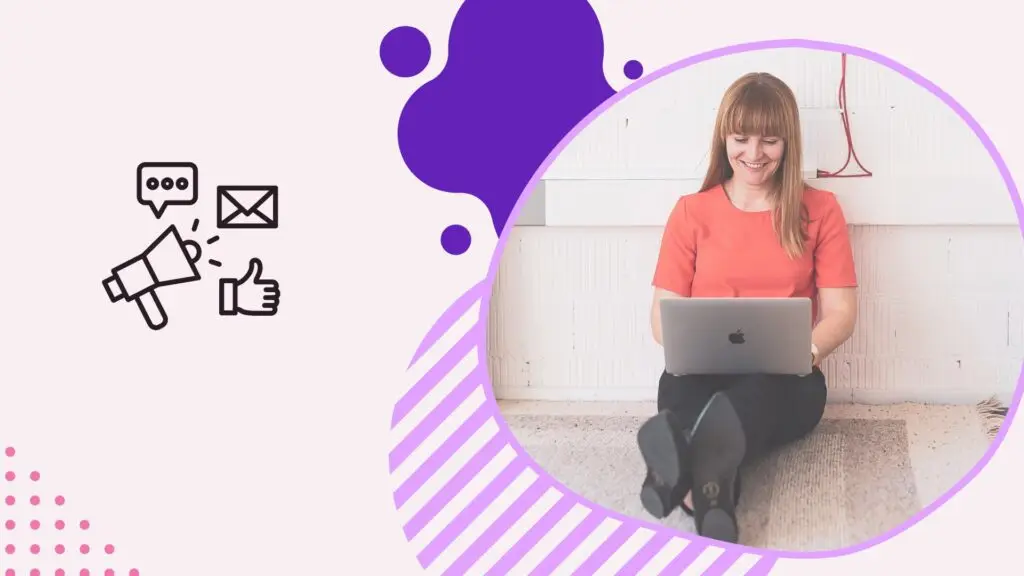
Sarah Seyr
Sarah Seyr designs digital customer interactions with her own company idea2.ch. She was formerly Head of Customer Experience Strategy at Swisscom (CH) and a Business Developer at startups. Today she works with companies and universities to use AI and automation to design customer experiences and customer interaction points that generate added value. She is an expert in customer-centric value proposition design, prototyping and go-to-market strategies.
Recording Event “Let the Machines Do the Work for You: Grow Your Business with Marketing Automation” October 22, 2020
Transcript
My name is Sarah, and as I briefly said before, I live in Zurich, and I’m happy to come across another person from Zurich that I didn’t know before, and I hope we can stay in touch. I grew up in Italy in South Tirol, to be more specific. So, I think one part of me likes food and wine, and that’s a big part of me. And the other part of me is a psychologist. And depending on the day, the one or the other part takes over. So I studied psychology around 15 years ago. And since then, I’m basically passionate about humans, about the human brain, and about people, about their needs, about what drives them. And this might sound a bit weird because I’m here to talk about automation, which is something very technical, right?
But everything we do, every technique we use is something that has to benefit some human, it’s some human person at some point. So what I’m, what my topics are and now I’m starting to talk buzzwords is customer experience, customer interaction. I’m also a lecturer for customer experience and human machine interaction. So I’ve been working in the field of innovation for over 10 years. I’m concerned with business development, usually with the services, service companies, fintechs or tech companies. When it comes to the question, how do we provide value for our customers in order to make business out of it? As well already set. I have my own company and I’m gonna share with you some insights from my path along the way. And for now, I will just share my screen and talk to you about marketing automation.
What are we here for today? So we’re talking about the Founders marketing challenge. We are talking about potential for marketing automation and some pitfalls and where to start. And I’m gonna jump right into it. So when you’re a founder, what is it that you want when you start a business? I guess the usual answer is customers, I want customers, I want paying customers. I want to sell my product. I want to sell my service, my idea, whatever it is. How do you get there? Well, this is how I did it, how I did it.
I started using my network to get first customers. I mean as well as saying I was working with Swisscom. I had a nicely paid corporate middle management job. And at some point, I have to admit, I got a bit tired. I thought, this cannot be it forever. But somehow I also loved what I’m doing, but I thought there must be more to it, and I want to do this on my own terms. So I thought it would be quite easy to just start doing what I did before, helping companies, teams, projects with creating better customer experiences, better customer interactions, focusing on digital interactions, new tools, just by using my network, because people basically, some of them have already worked with me. They know what I can do, so I can just put voice out on the street and say ‘hey I’m available now and I’m open for projects’ and that worked.
We took some, my partner and I, we took some time off, went half a year on sabbatical to Asia to get some inspiration. And already there, I mean, I was still planning to do some holidays, but already there first customers were calling me and these were Swisscom colleagues from before maybe. And they were calling me and asking me if I was available to help them with their new project, company, team, whatever it was. So I thought, okay, let’s do this. Let’s do this first project. Let’s work with the first customers. Let’s focus on making a good job, because that’s of course the best thing you can do in order to get new customers, do a good job with your current customers. And as for the rest, I was just trying to do as much as I could in the field of communication and PR. Of course I had limited time because it was basically me and my partner, we were alone and you can get some help for that.
But at the end of the day people want to see you. People want to talk with you, or people want to read your blog, your article, but you cannot do that the whole day. You have to do this like one Friday afternoon per month and stuff like that. And that’s what I did. I was just trying to fit in as much as I could. And then at the end, I thought, okay, even if that’s my topic, even if customer interaction, in other words, goes to marketing communication is part of what I do for my customers. I thought for me, for us, for my business, I would just develop a marketing strategy on the way, because I didn’t have time to make that right from the start. At least I thought in retrospect, I wish, of course I had done it completely the other way around.
I wish I had built a marketing setup, a proper marketing setup right from the start, because on the way I realized, oh I should have already done this. I should have already thought about this. So I had a lot of homework to do on the way later. And I also wish that I had been more selective with communication and PR and really focused more on what I need to do. What really adds value? Where does my positioning fit in and so on. And I wish I had built, not just work with my network, but right from the beginning invested in building the network that I need to do business. So I wish I had done this a bit less opportunistically, and a bit more strategic. So the thing is, many people at that point say, okay, yeah it’s not only that I don’t know, it’s also a lot of work.
And here I wanna bring in the perspective of, but you have also a lot of help there in terms of Marvins, in terms of computers. You don’t have to give it all thoughts by yourself getting started with marketing or marketing automation. We need an understanding of what a sales funnel is. Now please tell me if you all have a bachelor’s or masters in marketing because then I can go through this a bit faster. But I’ve learned that the sales fund perspective is still a bit, let’s say not always used. It should be a basic principle. But when you take a closer look at companies or startups, businesses, you can see that they don’t really have a sales funnel in place. So the idea for the sales funnel is that you target the right people and you engage them step by step.
So the other idea is you target maybe the right or the wrong people and tell them to buy now. So that’s not the idea for the sales funnel. The idea for the sales funnel is to sell low priced offers first and then go to high price offers. And the idea is also that it provides a steady stream of quality leads. So throughout the sales funnel you qualify the people, the potential customers that are coming to you in order to select them and to understand who are the ones that are actually going to buy. And the idea for the sales funnel, since it’s already 2020, is that this works automatically. And this is basically what it looks like. You get traffic from some sources that should be a lot, of course depending on your product and your audience. But it should be the most traffic you can get out of that.
You have to qualify leads, you have to identify those who are really interested in whatever you are providing. And out of that, some of them will start buying the first things you offer. And some of those again will go further and buy higher margin products. So what do you have to do in order to be able to build such a sales funnel? And qualify leads on, send leads and traffic into and through your sales funnel, you have to plan and track marketing activities. And that’s an important thing here. Tracking, as we heard before, is important, of course. But the planning is equally important. So that’s why I was saying start also with, with some hypothesis. And you have to track the activities of a lead. So once a person, let’s say through search or social media came through to your website you have to know what this person is doing.
So which websites is this person visiting? What are the paths? Is she opening the emails? You are sending? Did she or he read a blog? Of course you would notice if this person would buy something or request a service. But it starts before. And today we can track basically everything. You can see the paths on the website. You can see how far people are scrolling down, how long they stay on your website, what they’re doing in your emails, and then it just depends on you to provide relevant communication and qualify those contacts and personalized the message. So let’s start at the top. When we have to fill our phrase sales funnel, we need traffic. And as I already mentioned, most of the traffic nowadays comes from social or from search. So it’s the usual big tech companies. The thing is many people say or many startups say ‘yeah we don’t get enough traffic on our site’, but that’s usually not a problem because you can simply buy traffic, right?
Okay, we heard we struggled with money but when you do it smart you can buy it, right? You still have to provide some content, but you can buy traffic. So traffic can never be the problem. But when you have a business case in place you should be able to have the budget to buy traffic, because otherwise, if you don’t have a business case that allows you to do marketing, you have no business, right? So online traffic comes usually from these typical sources. They are more or less the same with some variances. And it really depends on your target group and on the content you are able to provide, where you want to build your presence the most, of course you can buy traffic, but it costs, it comes with the costs.
So Google has very variable costs, so you can spend lots of money there, but you can also be lucky and run some cheap ads. Facebook and Instagram are rather medium from the costs, and LinkedIn is high. LinkedIn has high costs, and Twitter is also quite low, but especially in Europe, also not so successful. Again, everything I’m saying depends on what business you are in and who your target group is. But just with having a look at this. So sometimes startups say, okay, I’m b2b, but LinkedIn is too expensive. I’d rather target my audience on a typical B2C channel, like Facebook and Instagram. I have to provide slightly different content, but they still get to know my brand and I can still target them through during business hours. So that could also be a strategy to play a little bit with those players.
Then of course it’s on you to also keep track of the costs and keep an eye on the numbers. I’m not digging into this because I think this is not a talk about social media, but we can have this chat maybe on a person, maybe another time when you have specific questions for your business, but I think you’ve heard that before. So this is how you deal with traffic. This is how you get traffic. Then it’s about to gain momentum. So once potential customers, potential leads come to you, you should have a plan what to do with them. You should have your sales funnel in place, and you should send them through your sales funnel. And this is, for example, what it looks like with the solution we have in place.
So people come to our site and they go through an automated process, and this is what it looks like in theory. So a bit of explanation. So somebody sees Annette somewhere on social media and he thinks, oh, interesting topic. And they offer to give me more information, I wanna learn, read more about it, I’m gonna go and read the blog about it, blog about topic A. So if this person thinks that’s really interesting, they wanna know even more. And the next step would be to read a bit more about it. And there is an ebook I can just download. And for that I have to provide my email. So this ebook is free in terms of money, but not free in terms of data. So the deal is you get the e-book, but you have to give your email address.
And afterwards the company or us in that case can send new newsletters, can send campaign communication with low margin products, with small packages for around that topic. If this person says, okay I’m gonna click on the ad, I wanna know more. I read the top, I read the blog, and nothing, I don’t know, I just have to go to my next meeting or I’m not interested, or I got what I came for. I don’t know, I don’t wanna read here, anything else. It just closes the browser. We can still, because we collect the visitors, we know the IP address of who was on our page, we can still retarget this person with that topic because maybe it was just not the right moment, but maybe in a few days or weeks from now, the person will be ready to make the next steps.
So this is what automated marketing automated tracking campaigning looks like in a very simple case. And this is what it looks like in practice. So for each step that you’re doing, of course, you have to provide another hook, another teaser, you did that. Now do this, you came this far. Now go a bit further. So we are working with all kinds of templates for landing pages, for emails, which can be easily filled in. And it’s very clear what you need here, as you can see it’s not much, right? You just need a bit of text and maybe a picture and a form. And then the potential customer will be seeing this. We’ll be confronted with this and can decide, ‘oh, I’m still interested, I wanna know more’.
I wanna go a step farther and stay in the funnel. So that’s, what do you wanna do as well? You wanna stay tuned and you wanna keep going. So for every step you want to provide a next step, and this means that you have to divide your product into sub products. So sometimes startups tell me, oh, I have a product and it’s this, and then my job is to tear that apart and say, okay, but is there a use case before this? Could I just use this or that? Or could I add this as well? So the idea is to have a core product, this is the one where you can make good business out of it. But the idea is also to have something before that’s called the trip wire, something for people who are not ready yet to give it all in.
And also something after people who already bought your product, you can maybe offer a bit more and say, now that you bought this one, don’t you wanna add that as well? And that’s for many. This is still a new logic that basically you’re not offering one product, but at least three. And this product can be in a very simple case: a trip wire or as an ebook. The core product is online coaching. And the high profit product is a personal one-on-one coaching. So all these online businesses, let’s say super popular business models at the moment, work with that model.
The thing is, you have to add value with each step. So you kind of just say this is one product, and this is the next one for the customer. It must be very clear, what do I get? And as I said in this example if I first just read about it in a book, and second, somebody’s helping me with it, and third, somebody’s even personally helping me with it, and it’s pretty clear what the added value is, right? I guess with a product like this, it’s a bit more complicated, but you can get there then. I thought I’m gonna show you, because this may sound a bit overwhelming, but the most important campaigns, or the only campaigns many companies use are these six.
So you have to have a plan of what you do when somebody gives you an email and you have to follow up on that. You can try and send them through one or two or three via campaigns to find out which product, which topic the customer is interested in. And then you can send it through the core product campaign. And once you have customers that have already bought the core product, you can forward to work with them and offer high margin services, whatever it is. The newsletter campaign is not something you sent because it’s Monday, but it’s something you sent because you wanna select the leads and send them to the appropriate campaign. So in the newsletter or also in the router, you would provide a few triggers, a few hooks, and depending on what the customers are then doing, you would further send them in one of the other campaigns. So this is basically the whole strategy you need. It’s not that much.
Marketing automation can help you here when you have one of these or some of these problems when you struggle with relevance. If your marketing efforts are not working as well as you would like, then automation can help because you can test a lot automatically without putting too much manual work into it, and you can track it. If your sales cycle is long, which is typically in B2B for high investment products, marketing automation can help you to stay top of mind. Marketing automation can help you to automatically provide content and communication for customers instead of manually or personally having a salesperson who has to have lunch every other week for three months until the customer decides to buy. Marketing automation can help you when you have too few sales, when your lead list is too small, like when there’s just not enough happening, because usually this, just not enough happening is a matter of strategy and a matter of timely resources.
And with automation, you can get faster and more efficient. Marketing automation can also help when you have a lot of good leads, but you’re not able to follow up on them or when they’re slipping through your femur. So when you’re saying, oh, I have 2000 subscribers on my newsletter, I have 3000 followers on Instagram, but nothing’s happening or not enough happening, then marketing automation can help you. And finally, marketing automation can help you when you have media disruption, when you don’t have sufficient data to segment and qualify leads because marketing automation tools allow you to collect data from different sources and make a bit of a logic out of it. Of course, at the end of the day, the idea is always that other channels, social channels are just there to generate traffic. And you wanna bring your leads on your side, on your own channels, which means your website, your email list, your e-commerce store, your whatever. If you provide profiles, if you have a platform, you wanna have people open up a profile there and stuff like that.
So now I’m moving on to the final topic. People often tell me that I do a lot, I don’t have time for more. It’s not really working. Then I usually say, okay, then maybe you’re doing the wrong thing. And here is an example that everybody knows. I mean, we all have this good old newsletter, don’t we? I mean, we all know what a newsletter is and often it works like this in the company. This is my journey that I have to tell you. I have some topics I can share with my audience in February. It’s topic X in March, topic Y in April latest, this topic, that and so on in May, nothing’s really going on in June, I realize I need more customers. I should do a newsletter, another topic and so on and so forth.
So a lot of delusions. So what we were working on instead of doing this, instead of telling people, hey, come here, we have everything. We were automating the process because they were telling us, people who were interested in coming to the Galapagos through their search, they were telling us at which period of time they were planning their stay. So we could just send them newsletters with content, with animals in that case who were really on the island during that period. And we could send more information of what’s actually going on during that period. Is it breeding season? Is it coming home season? Are the young ones around three months old and just learning to fly and stuff like that. So that was a big improvement for the newsletter because we noticed, or, and in that we noticed that first people, even people who had already booked a stay, were unsubscribing from the newsletter.
So we were like, how can this not be relevant for you? You’re going there, why don’t you wanna know what you’re gonna see? Maybe they wouldn’t be going to see it. So we had much better numbers in terms of people who read the newsletter, less unsubscribes, people who interacted with the newsletter, people who booked extra trips, extra visits and so on. And this just by adding a bit of personalization. So basically, instead of doing the usual newsletter, which is a lot of work, I would put the content that I have divided like the product invites and depending on who subscribes for what, for when, send it out along the customer’s journey. So, and this could look like this for one customer and like that for another and like that for another.
And we were able to do this with the same amount of content, with the same amount of resources, but of course more successfully by using a tool. So this is it from my side. The take home or the homework for you will be, to find the value of each step. May it be in communication or for your product. Ask yourself with every interaction that I have with my customer. And usually it takes five to seven interactions till somebody’s really buying with every interaction that I have with my customers. What is the value that I bring? What is the next added value that I bring? This is it. Thank you very much. If you have any questions, I think we still have some time left. We can talk about it. Thanks. Otherwise feel free to reach out to me directly. You can check out what I was talking about this marketing solution at our side and if you want, we can also stay connected on LinkedIn of course.
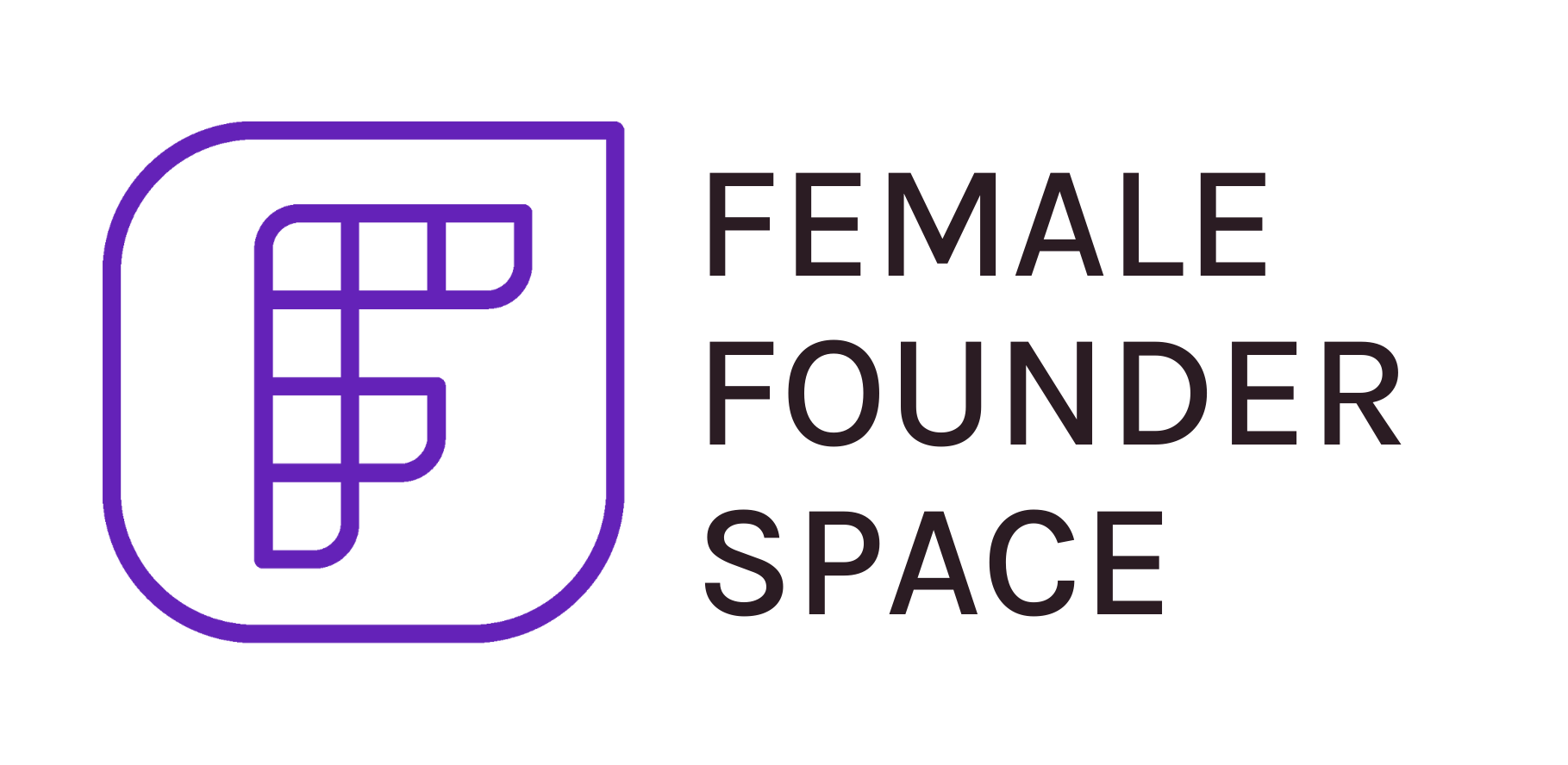

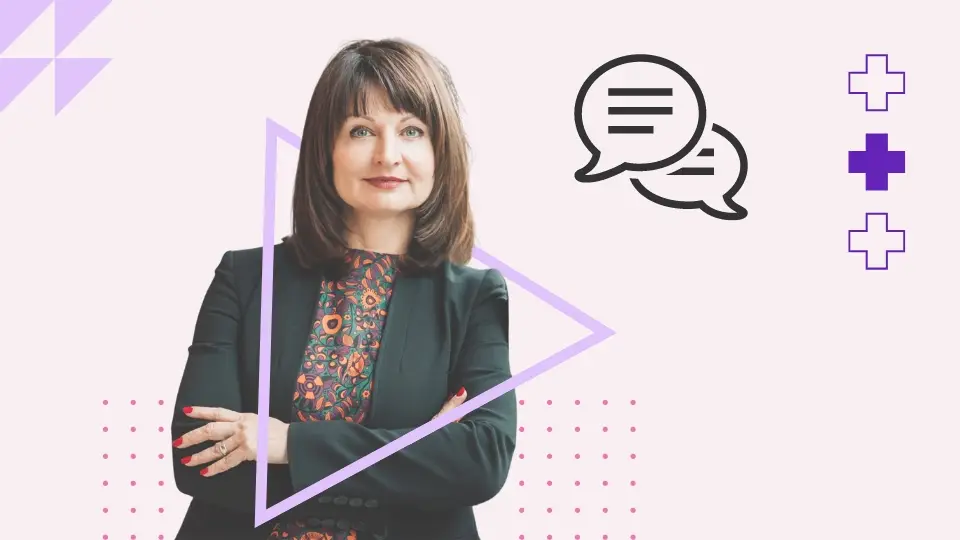
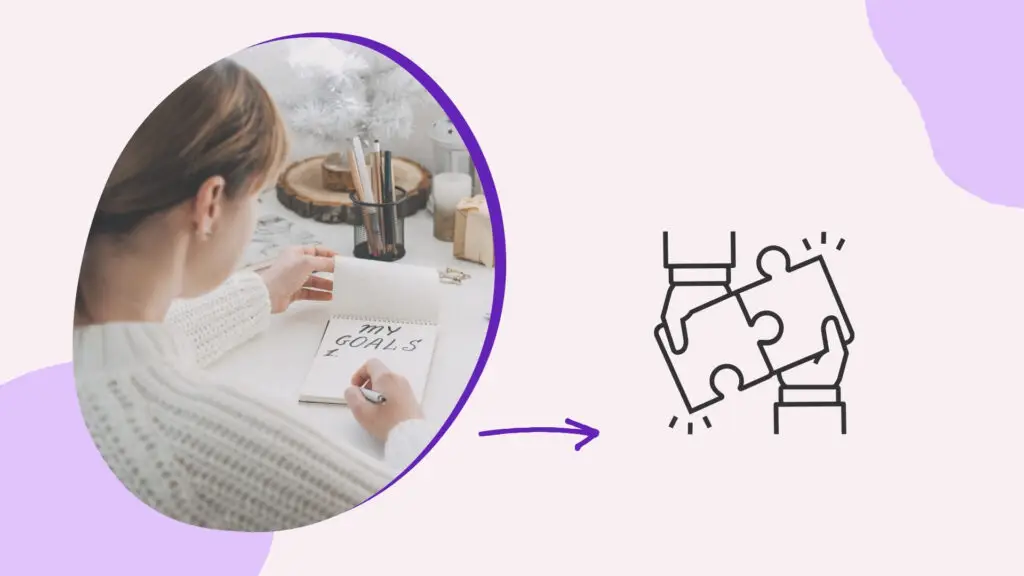
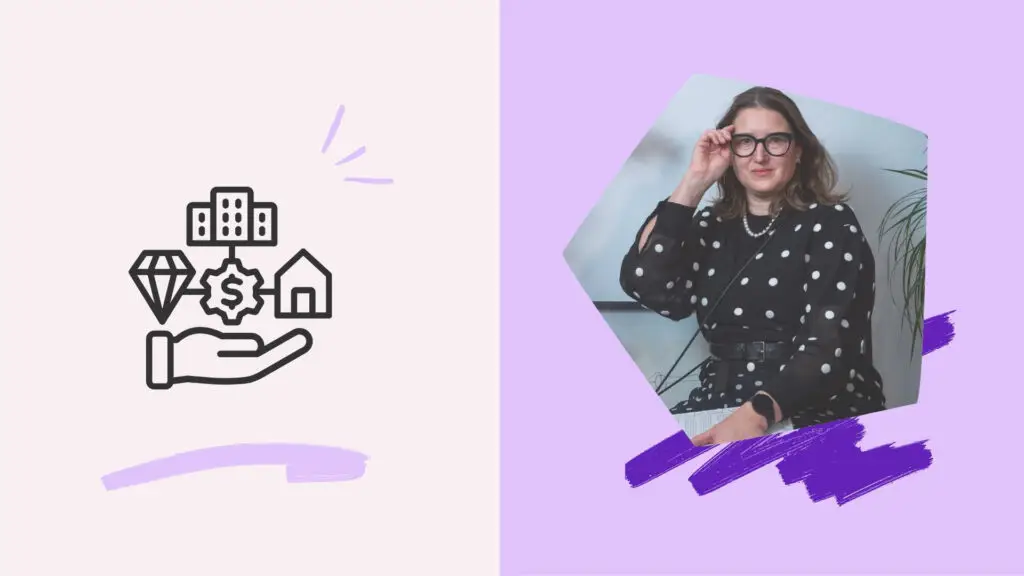
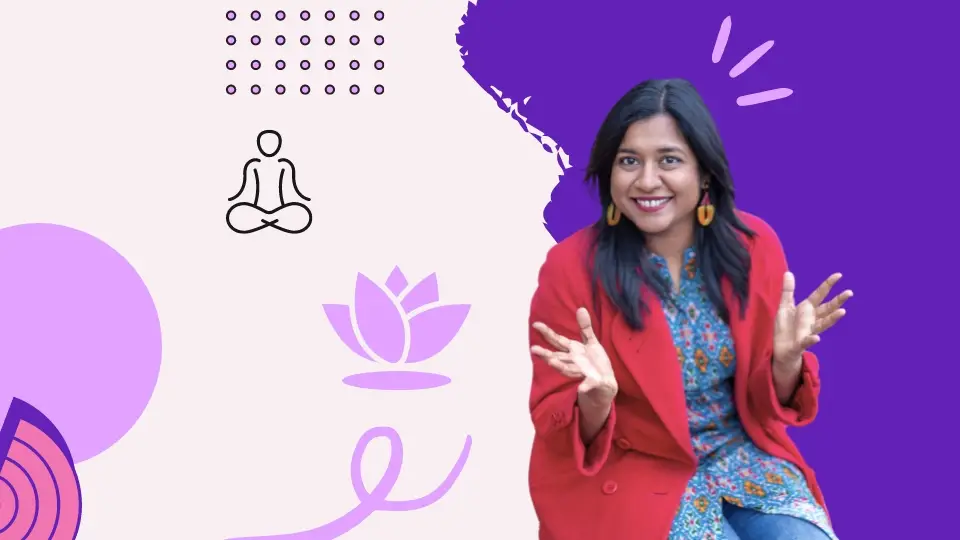

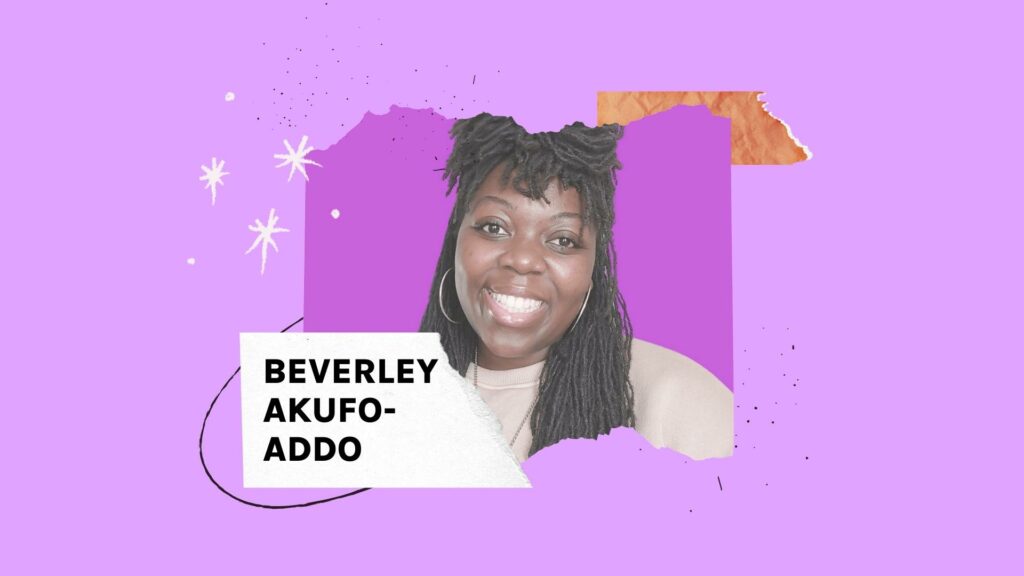
Responses